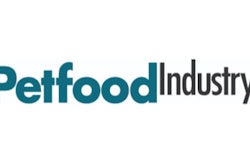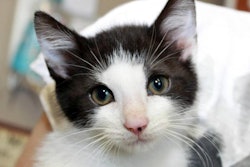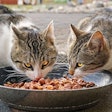
From Petfood Industry:
Bloggers and columnists for Petfood Industry recently shared insights on cat food palatability, large pet food chains, and FDA guidelines for therapeutic pet foods.
Cat food challenge: Do cats really opt for nutrition?
A new study about how cats choose their food intrigues me, both as a close observer of the pet food industry and as a cat owner. The study, conducted by scientists at the Waltham Centre of Pet Nutrition (part of Mars Petcare) and the University of Sydney, Australia, indicated that over time, cats instinctively began to select their food based on nutrition rather than flavor.
The success of large pet store chains
Combined sales of large pet store chains PetSmart (including Canadian revenues) and Petco closed in on US$12 billion in 2015. The two companies share a number of similarities: their targeting of pet parents, their dual focus on national (and especially natural) brands and private labels, their emphasis on higher-margin products and services, and their leading e-commerce websites.
FDA releases guidelines for therapeutic pet foods
As reported in the November 2012 issue of Petfood Industry magazine, the US Food and Drug Administration (FDA) published a draft Compliance Policy Guide (CPG) regarding therapeutic pet foods. As of April 2016, that guidance document is now final (see link in sidebar).

















